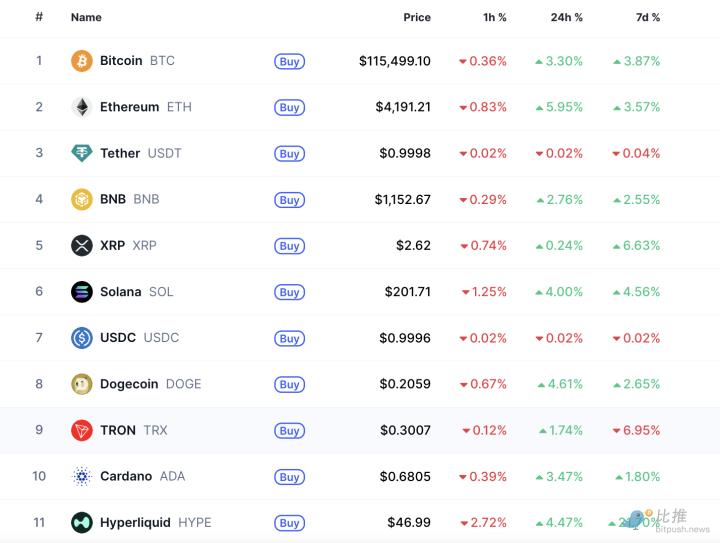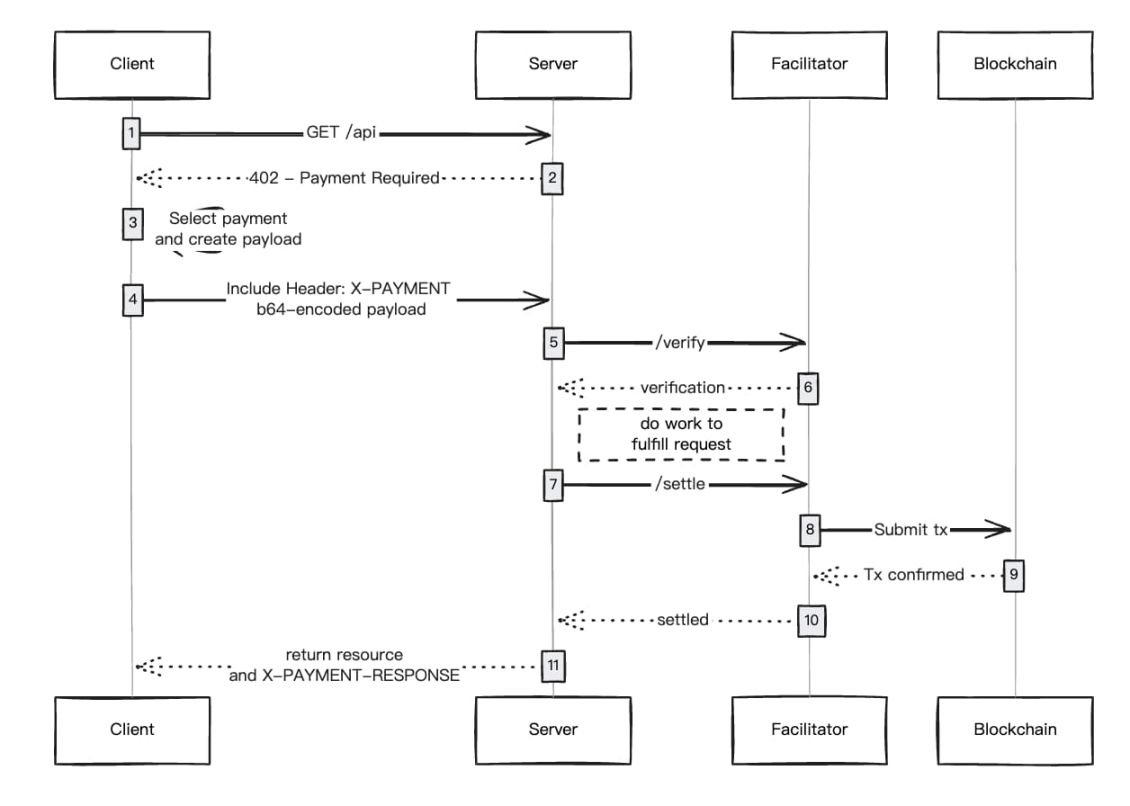Recently, the entire AI community seems to have focused on GPT-5, with rumors flying around, but the model remains elusive.
We reported on the inside story of GPT-5 revealed by The Information, and Altman seems restless, tweeting that there are "many surprises, worth waiting for".
So, while waiting, let's take a look at one of the "potential aces" of this GPT-5: the Universal Verifier.
According to insiders, OpenAI has been developing something researchers call a "universal verifier", which could be an important technology used in GPT-5.
This concept originated from a paper published by OpenAI last year. It addresses the problem: when LLM only optimizes answer correctness, its reasoning process (such as Chain-of-Thought) becomes difficult for humans or small models to understand and verify, leading to a decrease in "interpretability". However, in high-risk applications, users need to quickly and accurately determine whether the model's output is correct, not just the answer itself.
To this end, the paper proposed a production-ready technical pipeline, with its core being: letting a small "verifier" model score the reasoning chain of a large "prover" model and use it as a reward signal to feedback and update the large model's strategy.
Paper Title: Prover-Verifier Games improve legibility of LLM outputs
Paper Address: https://arxiv.org/pdf/2407.13692
The paper clearly states that this verifier model is small enough for large-scale deployment and is "designed for future GPT deployment".
You can imagine it as two "personalities" living inside a model, engaged in a continuous "left-right brain wrestling" game:
- "Prover" Personality: It plays an actively problem-solving role. After completing a task, it tries to generate a detailed reasoning process to convince the lightweight "verifier" network that its answer is correct and reliable.
- "Sneaky" Personality: It deliberately plants incorrect conclusions in the reasoning while still appearing logically rigorous, aiming to try to fool the same "verifier".
Sounds a bit like GAN (Generative Adversarial Networks), right?
By having the large model continuously alternate between these two roles, it can learn to write more rigorous and harder-to-forge solutions. Meanwhile, the small-scale "verifier" model becomes increasingly sharp at identifying errors and marking loopholes through repeated "deception" and "verification". The benefit is that even if future models far exceed human capabilities, as long as their output can be verified by a "weaker but credible" model, human control and trust can be maintained.
The training method proposed in the paper allows the model to gradually learn to produce clear and well-structured answers.
Last August, an article in Wired revealed that OpenAI had already used model-based "critics" to replace human feedback in some scenarios when fine-tuning GPT-4's code assistant.
The article specifically noted that the system "will be integrated into the RLHF (Reinforcement Learning from Human Feedback) process of future mainstream models".
Some commented that the "Prover-Verifier" training method is not just a small optimization, but may represent the next era of AI development. We are moving from a "scaling era" that relies on massive data and "stacking" to improve performance, to an "architectural breakthrough" era that designs smarter internal learning mechanisms to allow AI to self-improve and evolve. This might be the key path to breaking through the current data bottleneck and achieving a higher level of general artificial intelligence.
It's worth mentioning that this paper comes from OpenAI's Superalignment team. At the time of the paper's publication, the team had already fallen apart. Last year, Machine Heart detailed this paper, and interested readers can revisit it.
Beyond the paper, there are also some new updates about the GPT-5 model.
Early this morning, a blogger discovered a vulnerability in Perplexity accessing GPT-5, with both GPT-5 and 5 Pro versions available for 4 hours.
He showed a Minion generated using GPT-5, with a very smooth dynamic effect.
He also created a game segment similar to Doom (FPS game), which looks very authentic.
Netizens were shocked, believing this could be the "new era" of AI generation.
In any case, expectations for GPT-5 are now at their peak!
What do you think GPT-5 will be like?
Reference Links:
https://x.com/rohanpaul_ai/status/1951400750187209181
https://x.com/chetaslua/status/1951758235272401030
This article is from the WeChat public account "Machine Heart" (ID: almosthuman2014), authored by Machine Heart, published by 36kr with authorization.



















